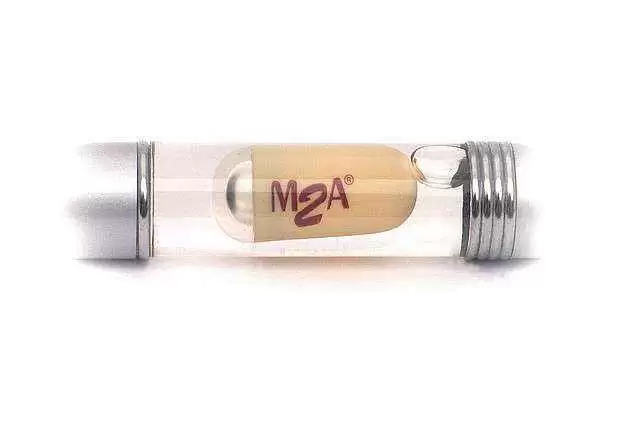Celiac.com 07/04/2016 - The fast rising number of people diagnosed with celiac disease creates challenges to both the food industry and public officials to guarantee safe food.
A great deal of effort is going into determining minimal celiac disease-eliciting doses of gluten and to refine and improve gluten-free labeling.
Celiac.com Sponsor (A12):
A team of researchers recently set out to assess the harnessing of aptamers to overcome challenges in gluten detection. The research team included Rebeca Miranda-Castro, Noemí de-los-Santos-Álvarez, Arturo J. Miranda-Ordieres and María Jesús Lobo-Castañón of the Departamento de Química-Física y Analítica, Universidad de Oviedo in Oviedo, Spain.
Their efforts rely largely on the ability to detect gluten protein in food samples at the lowest levels possible. Current analytical devices use antibodies to determine gluten protein levels. These devices have limited sensitivity, and also have some issues with the accuracy and reliability. Aptamers provide an ideal alternative for designing biosensors that can quickly and reliably measure gluten in foods.
The team's article highlights the challenges in gluten detection, the current status of the use of aptamers for solving this problem, and what remains to be done to move these systems into commercial applications. They conclude: "The new receptors present high affinity and binding selectivity. In addition, they can be easily labeled with different reporter molecules at a relatively low production cost. These attributes make aptamers ideal reagents for the development of chemical sensors and analytical assays...Although still in its infancy, this sensitive technology will undoubtedly continue to advance."
Source:
- Open Original Shared Link







Recommended Comments
There are no comments to display.